6. Shall We Dance (1937)
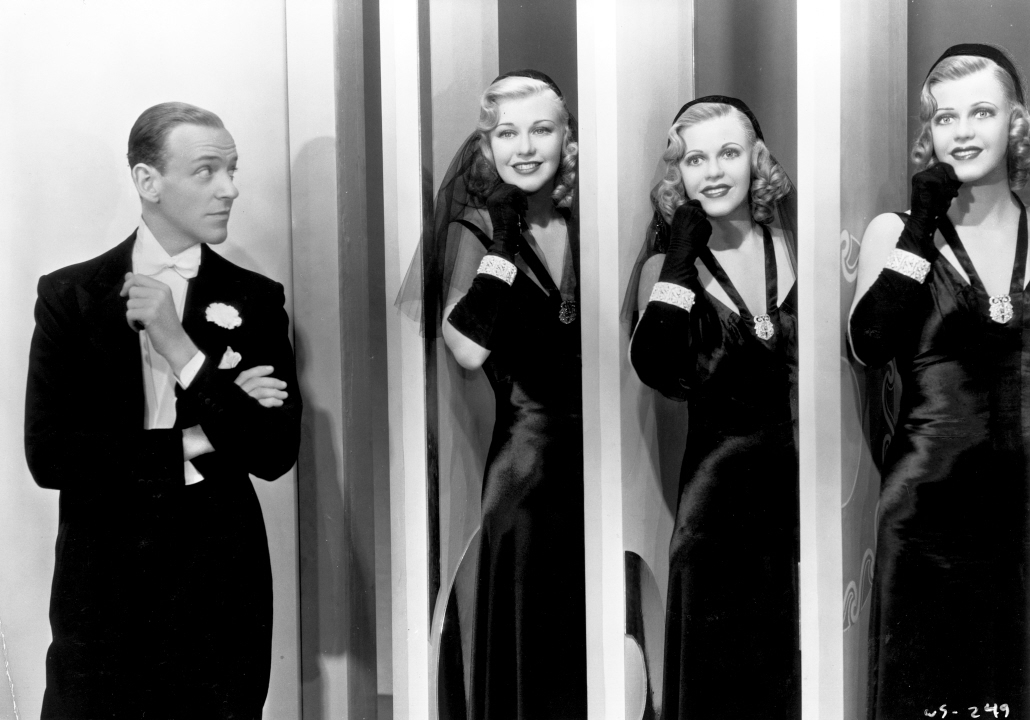
Top Hat may have been the pinnacle of Fred and Ginger’s musical comedy pairings, but Shall We Dance definitely isn’t far behind. Fred is at his most mischievous, Bugs Bunny-esque in his sly troublemaking, while Ginger is at her feisty best, all arched eyebrows and withering glares. Their prickly chemistry eases into heart-warming romance so naturally, aided by some of the duo’s most dazzling dance numbers and the wonderful music of the Gershwin brothers.
The technical ability on display is astonishing; there are as many creative, memorable sequences in this as there are in the more well-regarded Top Hat and Swing Time. With ‘(I’ve Got) Beginner’s Luck’ and ‘They Can’t Take That Away From Me’, Astaire croons some of his most famous romantic tunes. It’s often said of Fred and Ginger that they glide across the screen, and that is taken in its most literal sense halfway through, as the famous duo don roller skates for their famous ‘Let’s Call The Whole Thing Off’ number. And because one Ginger Rogers is never enough, the film ends with a spectacular sequence featuring dozens of Gingers, whirling and swirling around Astaire in an extraordinary display of tap-dancing.
The plot, while as contrived as you’d expect from a Fred and Ginger film, is rife with amusement and zany characters. It features franchise regulars (if you can call these films a franchise) Edward Everett Horton and Eric Blore as the comic relief, reliably hilarious with their bumbling and exaggerated accents. Meanwhile some fresh new faces alongside them, Jerome Cowan and Ketti Gallian, help to make this venture stand out from the earlier RKO pictures. It’s just a delight, and easily one of the most underrated musicals of the Golden Age.
7. To Each His Own (1946)
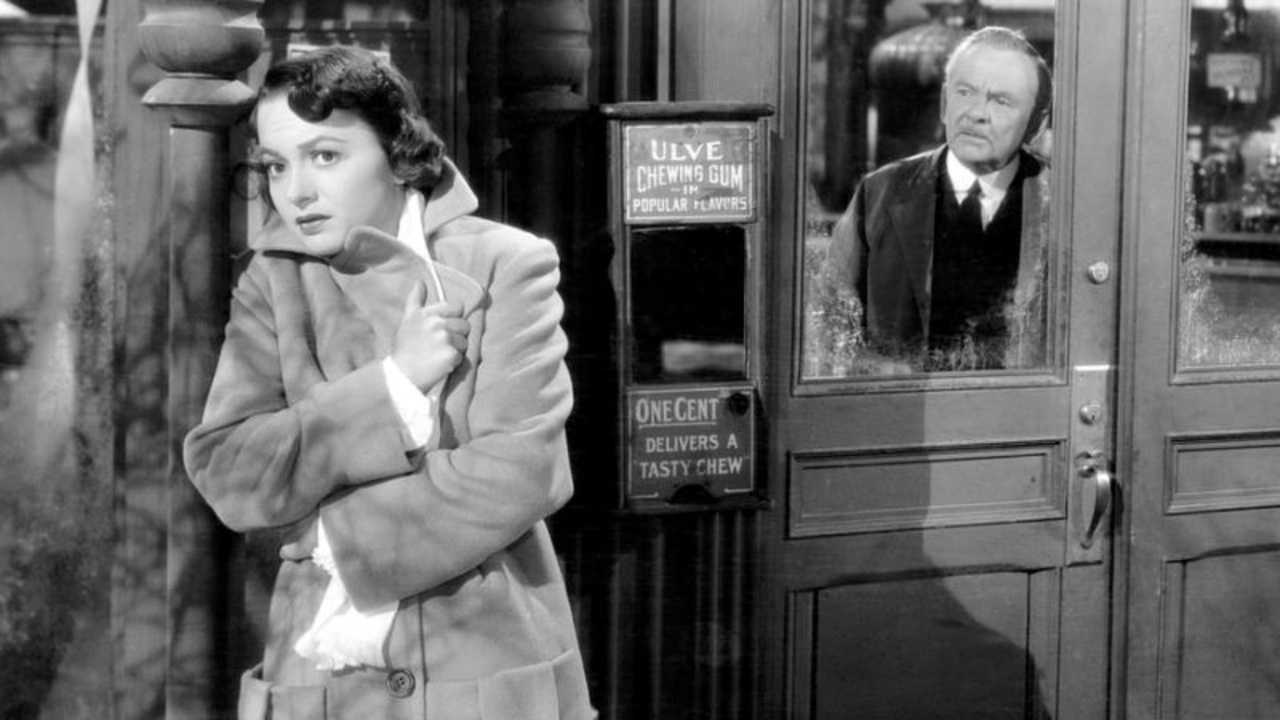
What’s the best way to get revenge on the bosses that tried to blacklist you after a lengthy, historic legal battle? Winning a vindicating Oscar for an outstanding performance in your very first film back is always a good shout. In the early 1940s, Olivia de Havilland took Warner Bros. to court over disputes regarding her contract. Tired of being shoehorned into the same ingenue roles for more than half a decade, she was desperate to end her time at the studio and start to take on more serious roles. Her victory was a landmark moment of the Golden Age, as the De Havilland Law was introduced, limiting the once iron grip the film studios had over their talent and giving more creative freedom to actors. However, her win also came with a price – Warner Bros. circulated a letter around the other studios describing De Havilland as difficult to work with, essentially blacklisting her for two years. During those years she supported various war efforts around the world, and eventually, once the storm had passed, signed a new contract with Paramount.
Mitchell Leisen’s To Each His Own was her grand return to the silver screen. Following the heart-wrenching life of Jody Norris, it’s a controversial melodrama for its time, dealing with pregnancy outside of marriage at a time when it was completely taboo. De Havilland completely becomes the character, totally convincing at every stage of her 30-year life-story. The range on display is impressive, and completely justifies her decision to break away from Warner Bros. in search of meatier, complex roles. She makes all the facets of this woman feel authentic: the enthusiastic, lovestruck young idealist; the proud, determined new mother; the heartbroken victim of life’s cruelty; the cold, vengeful businesswoman; and the tired, bitter workaholic with nothing but regrets. She’s not always a perfect person, but the film has such compassion and sympathy as she perseveres through the challenges life throws her way. It’s a role that allows her to do so much and she does it all excellently, finding just the right balance between heart-warming and melancholy.
The Best Actress Oscar awaited her at that year’s award ceremony. Her victory was seen as confirmation of her talents as an actress, and a vindication of her decision to blaze a trail and go her own way in Hollywood. Her second Oscar win three years later, for William Wyler’s The Heiress, may be the more fondly remembered of the two, but her first is still a great effort from a true Hollywood icon, and a fantastic film to make your return to the screen with.
8. You Only Live Once (1937)
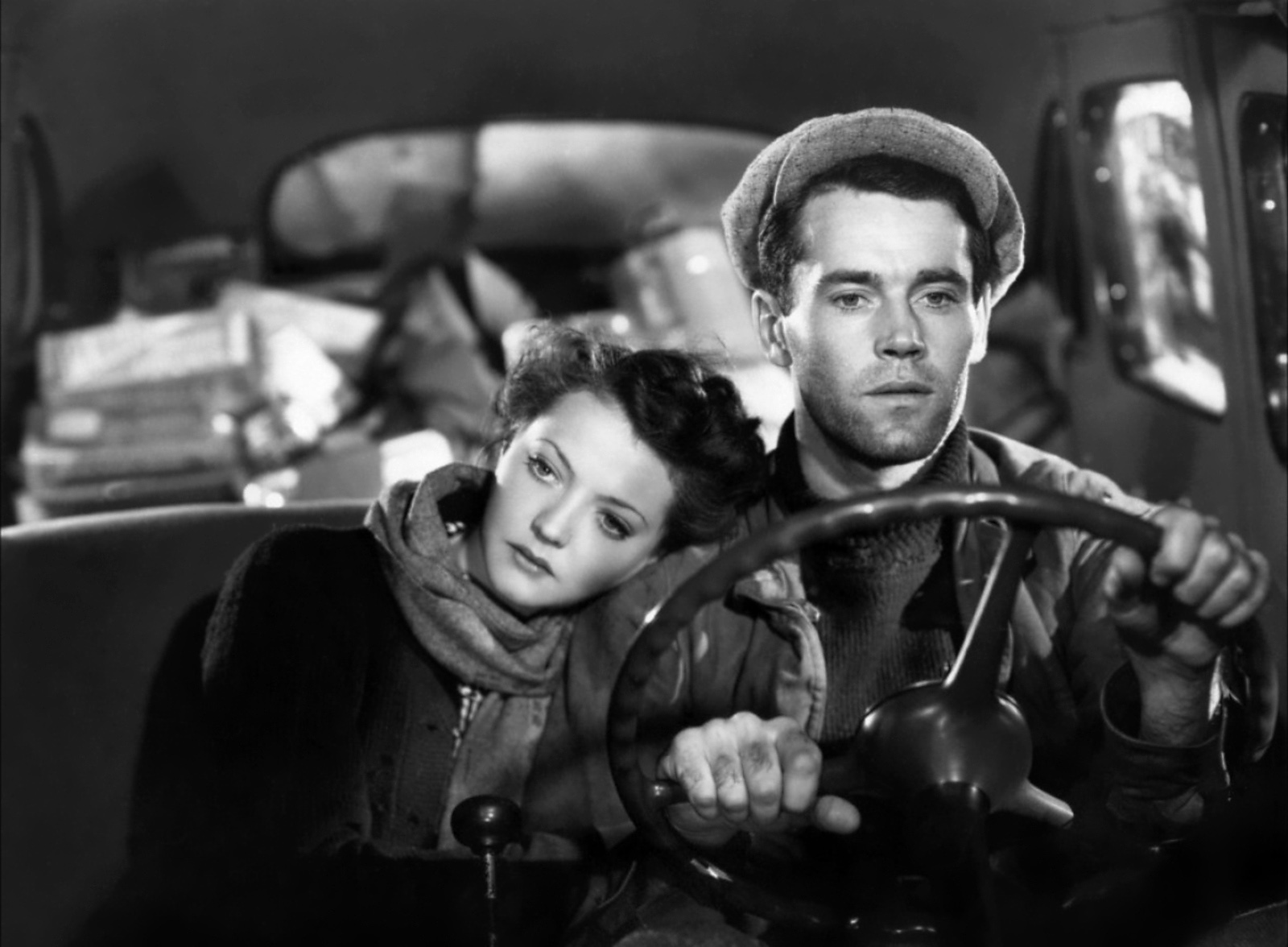
Fritz Lang is most famous for his silent films. He was one of the biggest names in German Expressionist cinema, and films like Metropolis and M continue to be revered today, influencing generations of filmmakers, critics and film students. Well, his Hollywood films may not have been as acclaimed by contemporary critics, but they still more than highlight the German director’s ability to tap into the dark, downtrodden aspects of humanity. His restrained expressionism would be a key influence on the film noirs of the subsequent decades, as he brought a tragedy to Hollywood films that had rarely been seen up to that point. And nowhere is this better seen than in You Only Live Once. A key influence on Arthur Penn’s seminal classic Bonnie and Clyde, this part crime, part social drama is just as visually striking and rich in subtext as anything the director produced during his years in Germany.
In true Bonnie and Clyde fashion the story follows a young couple, played with real subtlety by Sylvia Sidney and Henry Fonda. When faced with the crushing weight of a system designed to keep them at the bottom, the pair go on the run, evading the law as society blames them for all their troubles. This world they inhabit is an abject place. People lack compassion, understanding and empathy. Demonising and belittling others absolves them of their own sins – at least they aren’t ‘them’. Through these unfortunate romantics, the public gives a face to their shame, a convenient target for their hatred and guilt, which is relentless and all consuming. It doesn’t matter who they are, or what they’ve done.
Upon his arrival at MGM in the mid-30s, Lang apparently clashed with studio higher-ups, mostly in his desires to show a harsher vision of America than the moviegoing public was used to. Well, that bleak vision is truly alive and well in this film. Lang paints a dismal picture of society, one brimming with perpetual hardship and simmering aggression. It’s taut, hazy, endlessly tense. Sidney and Fonda are sublime – they fill their alienation with deep emotion and tragic longing. And what cinematography! Lang’s expressionistic tendencies are still woven throughout every scene, always draped in stylish darkness. Desolation shouldn’t look this good. It’s just excellent; bitter, distressing and powerfully poignant. If you’re a fan of Bonnie and Clyde, why not see where it all began cinematically?
9. Suddenly, Last Summer (1959)
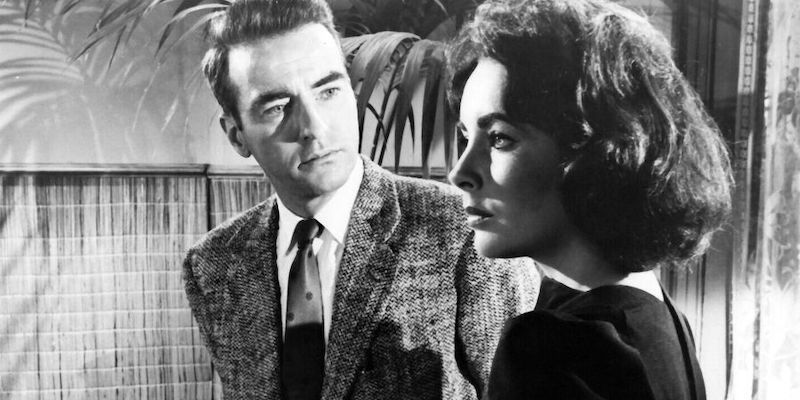
Sometimes, all a film needs to really work is a cast full of iconic talent, all giving impeccable performances. That’s certainly the case here, with Joseph L. Mankiewicz’s adaptation of a Tennessee Williams play. Katharine Hepburn, Elizabeth Taylor, Montgomery Clift; three names that could sell a film by themselves, combining to perfection for a dark drama about family secrets and sexual repression. Each actor brings so much personality to their characters, delivering dialogue with heartfelt emotion or scathing bite. Their words are so layered with meaning and questions, and the long, drawn out conversations become captivating. It’s a credit to Mankiewicz that he keeps this dialogue heavy story so gripping, knowing how to stage a moment for maximum effect. It’s dark, disturbing, and completely riveting.
Everything unfolds at an exhilarating rate, feeling as immediate and gripping as it would on stage. It jumps between the foreboding walls of an old-school asylum and the jungle-like garden of an old Southern mansion, all in the sweltering New Orleans heat. The contained sets, closed off from the outside world, create a real sense of claustrophobia, as the twisted story bubbles with intensity. It pulls you in further and further as it goes along, revealing more murky layers with each new scene. As is often the case with Williams’ plays, a gay subtext is woven throughout, as it deals with prejudice and family reputation within an archaic society. Although the censors of the time imposed their views, this is remains as frank and up-front a depiction of homosexuality on screen as you’re likely to find from the Hays Code era. Having three widely acknowledged gay icons star no doubt helps to make those ideas feel more pertinent to modern audiences too.
10. Room at the Top (1959)
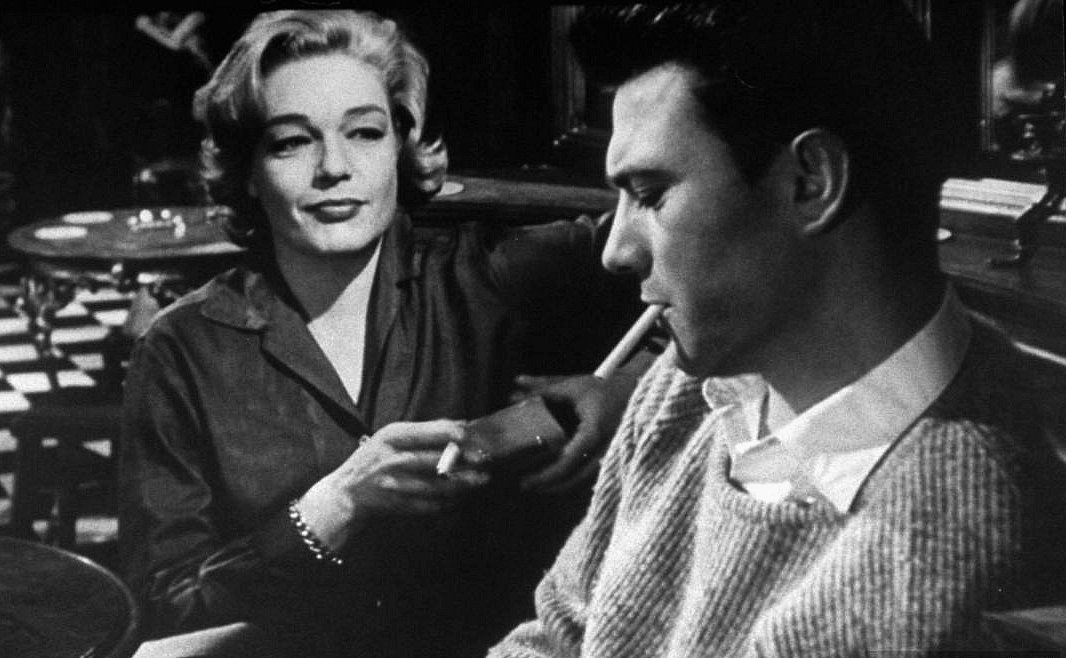
This is the only film in the list that’s not actually a Hollywood production, although it caused such a splash with US audiences and critics upon release that it more than warrants inclusion. Considered one of the first films in the British New Wave of kitchen sink realism, Room at the Top was seen as very controversial for its time. A performance-led social drama, adapted from a John Braine novel, it was its frank depictions of sex and adultery that put it in hot waters with the censors, who insisted it be released with the controversial X rating. That didn’t put off the public though, earning great success at the box office and on the awards circuit, including a Best Actress Oscar for French star Simone Signoret, the first true international star to earn such a prestigious acting accolade from the Academy. It was also the first non-American film to win a Best Actress award.
From its opening shot of smoke rings softly billowing up from behind a newspaper, Room at the Top has you hooked. It’s a riveting exploration of the dark sides of human nature, never letting the tension ease as it slowly descends into a cesspit of ambition, lust, loneliness and deceit. Laurence Harvey is compelling as Joe Lampton, a working-class man with a huge chip on his shoulder, and a seeming inability to make the sensible choice. His Northern English accent isn’t impeccable, but that’s the only downside to his performance. He really brings out the tragedy of this man; someone who aims above his social station, desperately chasing a rich factory owner’s daughter in the hope of achieving something better than his so far downtrodden life has afforded him. There’s a constant, inescapable bleakness to his plight, as he attempts to battle his way through class differences, stuck-up attitudes and demeaning comments to get what he thinks he wants. It’s when he falls in love with an older married woman though, that the film takes a brilliant turn, leaving you with feelings of deep bitterness and regret in all the best kind of ways.
Simone Signoret plays Alice, Joe’s second love interest, and the woman he really loves, with class and sophistication. She offers an honesty and maturity that few of the other characters possess, and the two develop a genuinely sweet relationship. Signoret always leaves a warm impression, making the agony and pain she endures all the more impactful. Heather Sears is also charming as the younger love interest Susan – innocent and naive, but with enough inner strength herself to stand out alongside such strong performances. Both of these women’s interactions with Joe are fascinating, exposing his flaws and inadequacies in both obvious and subtle ways.
As the story develops Joe’s situation becomes more and more hapless, with the plot twisting and turning to disastrous consequences for its main character. Everything you thought you wanted for Joe suddenly begins to feel cold and empty, as his initial plan begins to come to fruition in all the wrong kind of ways. His ambition, self-doubt and desperate desire to be someone he isn’t is his ultimate undoing, ending the whole thing on a stingingly poignant note.